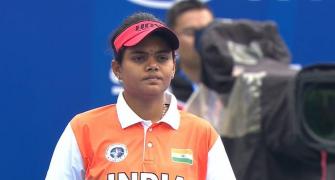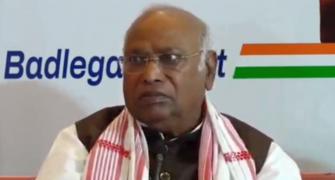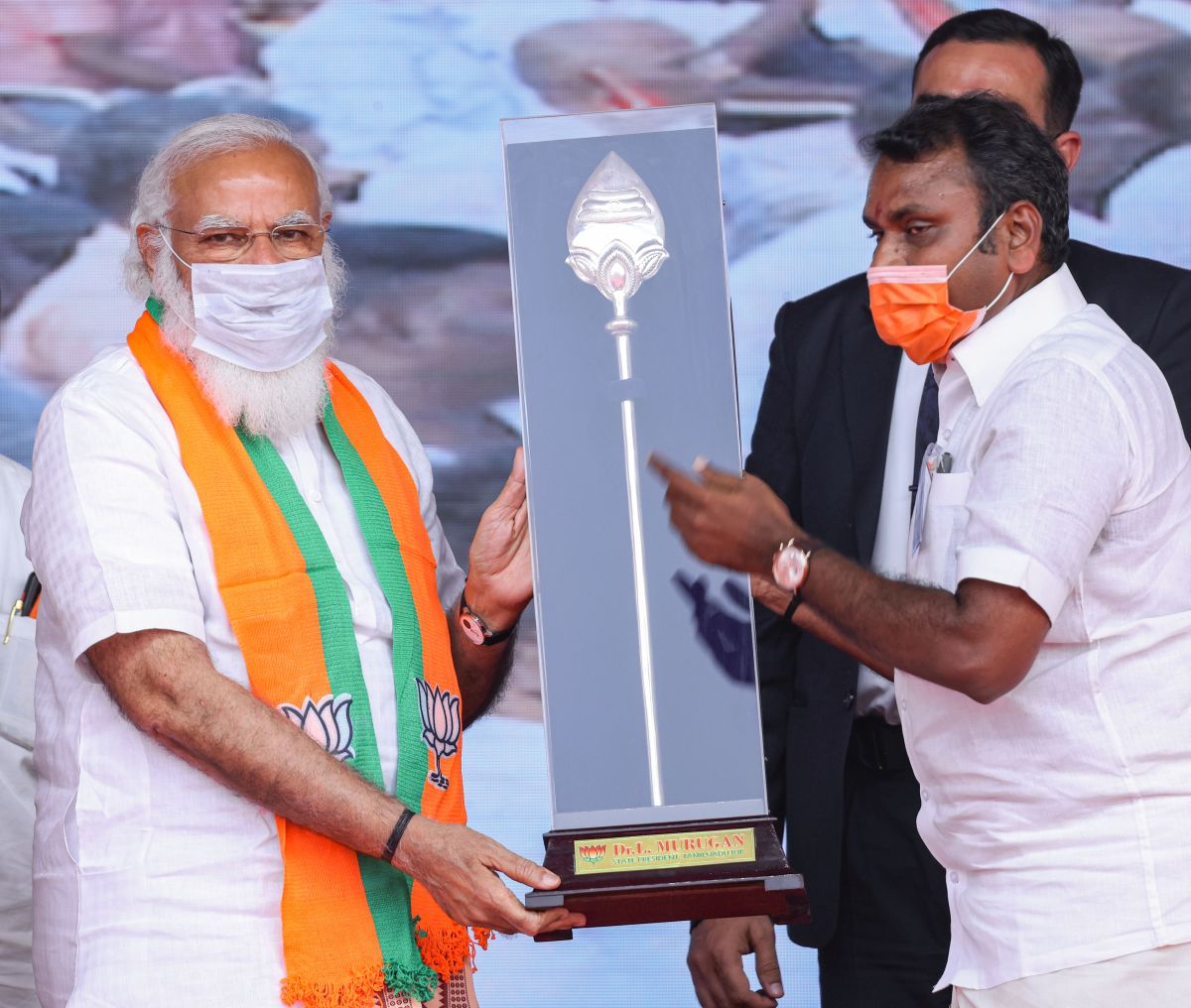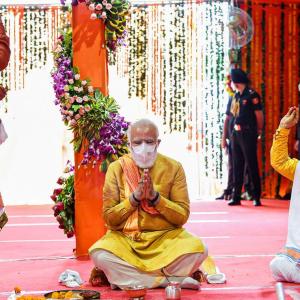...close to the 2024 general election.
The BJP calling the Congress 'seasonal Hindu' is as laughable as the saffron party sparing itself the title of 'seasonal extreme Hindu.'
How else should one describe its election campaigns of the past years?
It was typically obsessive religion and personality cult with economic development for fig leaf, asserts Shyam G Menon.
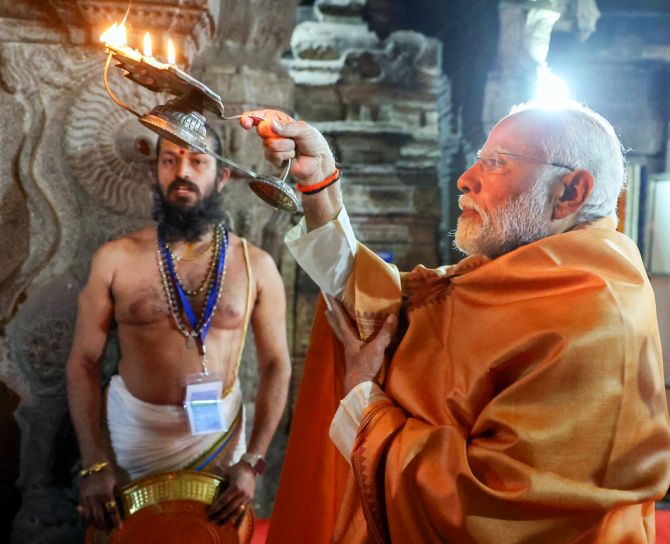
Remember the old saying that when you point a finger at somebody, there are three pointing back at you?
On January 11 as news filtered in of the Bhartiya Janata Party calling the Congress a 'seasonal Hindu', over its response to the temple event in Ayodhya, it was the above mentioned saying, which came to mind albeit with a twist.
With the BJP, an additional adjective -- extreme -- must be added to whatever attribute it elects for seasonal flavor in religion.
I belong to the post-Independence generation born in the 1960s and raised in a quiet, distant corner of the country.
Religion had been a personal affair and while most people grew up in a family cocoon of us and them, the quest was always to break that cocoon and graduate to life in a wider, diverse, inclusive world.
Communal and religious insularity wasn't a popular aspiration. One learnt from all. That was one's sense of India.
Finding myself as a journalist in New Delhi at the beginning of the 1990s and digesting news of the extremes whipped up by blending religion with opportunistic Indian politics in the build-up to December 1992 and its aftermath, was therefore a disappointing wake-up call.
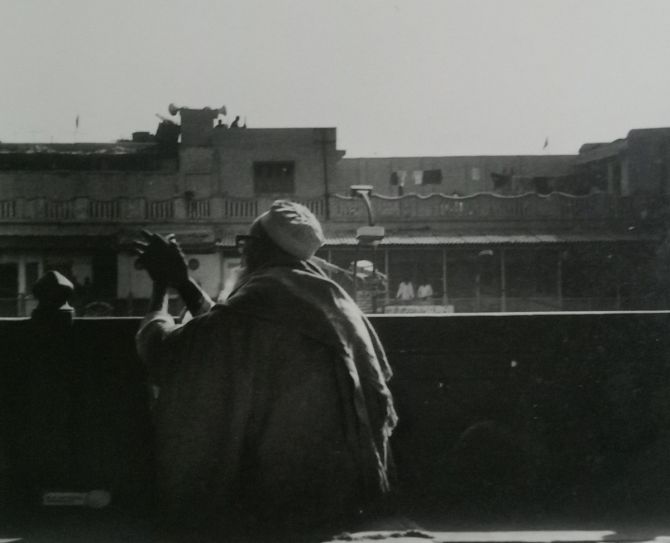
For many, especially those in India's cities, that December (and the January, which followed) was a rude shock amidst the emergent trend of the economy nudged towards reforms.
Just when you thought change was around the corner came this incident, which unleashed ghosts from the past and scarred India for life.
It wasn't that the antecedents of the BJP or its proximity to far right religious outfits were unknown.
It stunned to witness such politics mainstreamed. The Republic Day celebration of January 1993 was a tense period in the capital because of hundreds of BJP supporters descended from elsewhere.
At a protest march preceding the annual parade, I caught my first glimpse of Narendra Modi, who would later become Gujarat's chief minister and subsequently India's prime minister.
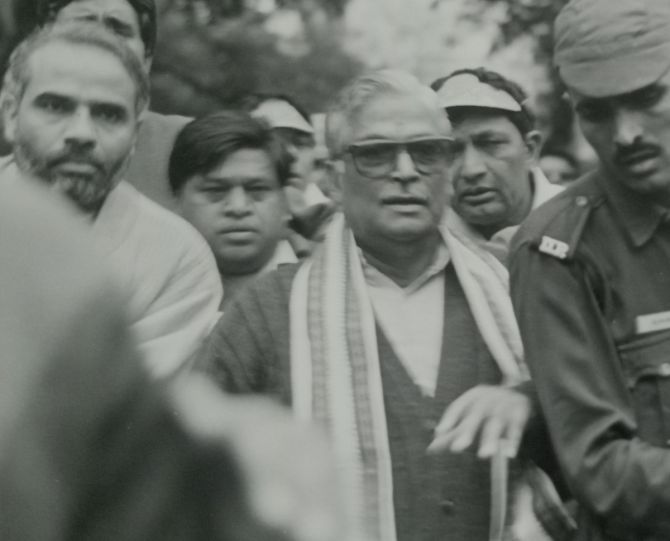
Across India, hundreds of people died in the riots following December 6, 1992. Sometime in that December-January period, I got my first taste of curfew, walking the narrow lanes around Delhi's Juma Masjid as a reporter and photographer.
The place was generally deserted. Paramilitary personnel kept vigil. Elsewhere in the zone, people clustered to receive food from a truck.
One sunny winter afternoon, at a rally to encourage peace and amity among communities, I saw an old woman seated on the ground, her weathered hands clasped over her ears as though shutting out an India inexplicably gone amok.
At another similar meeting to bridge communal divides, I heard the late artist Manjit Bawa, sing.
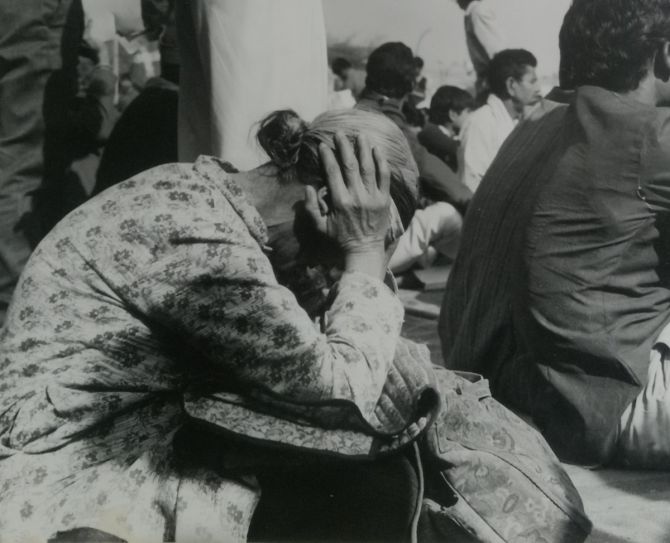
In the period since 1992, the BJP and its allied Right-wing parties rarely wasted any chance to add muscularity to Hinduism.
More significantly, there has been a drift towards making the religion into a command-driven one.
As anyone aware of similar management structure in other religions would admit, the idea of flock and committed numbers is more a statement of order, regimented power and when required -- triumphalism, less what any religion genuinely stands for.
In the years of the Modi government, the ability to weld together such a package for Hinduism and have it enthrall the public, was aided by shrewd blends of presentation skill, oratory, obliging mainstream media and oodles of social media.
Thanks to the rise of suitable technologies, sharply defined, polarising messages were delivered with ease and shaped thus into distinct silo, a chosen set of people could be made to dance to a Pied Piper's tune.
Consequently, the BJP calling the Congress 'seasonal Hindu' is as laughable as the saffron party sparing itself the title of 'seasonal extreme Hindu.'
How else should one describe its election campaigns of the past years? It was typically obsessive religion and personality cult with economic development for fig leaf.
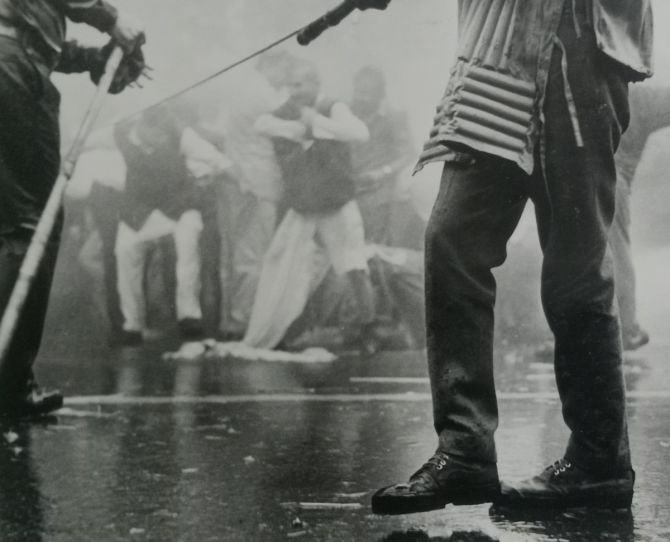
Complementing this ecosystem has been the use of government agencies by the Modi government to keep Opposition parties under pressure and indulgence of the business lobby to keep its interests alive.
Not to mention -- an Indian diaspora seeking identity overseas and therefore happy to fossilise India into a museum of traditions.
Even as these measures proved successful, they also exposed the underlying insecurity of an establishment that knows well it is pushing an agenda which flies in the face of human awareness and boldness.
That's why, the current BJP government will be remembered as a fine demonstration of politics weaponised by religion and other convenient spins with the primary goal being obtaining power and hanging on to it.

As the first continuous decade under BJP-rule draws to a close with the unveiling of the temple in Ayodhya (and elections a few months thereafter), the architecture of how the BJP spreads its charms stands demystified.
There is no magic to it anymore. But the big question is, has the primer so exposed, disillusioned the electorate or is the public still spellbound by the spectacle the primer repeatedly authors? If the results of the 2023 assembly elections are anything to go by, then the BJP's pull remains strong, especially in North India.
People speak of irrelevance gathering around the BJP juggernaut. Yet it is a fact that notwithstanding the warnings from the 1990s and the decade-long rule of the Modi government; secularism, inclusiveness and liberal society -- they haven't managed to package themselves into as engaging a package as the weaponised brew of religion and politics.
Maybe, we should accept it -- things weaponized fly faster than love and compassion, which however endure longer.
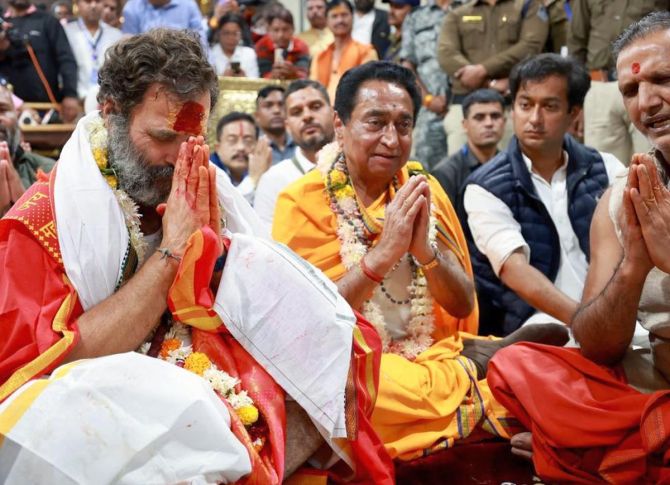
For political parties, there is only one season that matters -- the time of elections.
The unveiling of the temple is well timed; close to the 2024 general election. What should, however, be clear in the ongoing tussle between 'seasonal Hindu' and 'seasonal extreme Hindu' is that the onus of deciding what one expects from one's religion -- whether it should be command-driven and enslaved to a political party hunting for power in the religion's name, or not -- rests with Hindus.
The Constitution is clear on India being secular. My friends and I grew up believing that (we still do).
Very early in the Modi years, the supporters of the BJP and its allied outfits made their intention known, mocking the word as 'sickular'.
The mockery has puzzled me. What makes a person courageous? Living in a world of mirror images or engaging and getting along with the unfamiliar? Can't one be secular and Hindu at once without even describing one's secularism as a product of one's religion? Overlooked here is an important angle.
The idea of adulthood includes the concept of independent choice, different from the traditions one was born into.
The State (any State) donning the role of surrogate parent to further religion and tradition, defeats the purpose of growing up.
The more relevant question is whether intentions like ridiculing secularism, should continue in the name of more than just those ridiculing it.
As happened overseas in similar situations, hasn't the time come for the denizens of hijacked cultures and religions to stand up and say: not in my name?
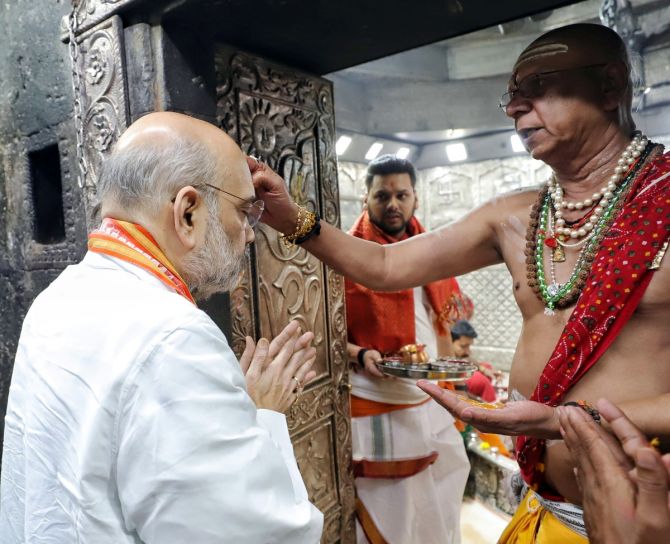
It is a question that moderates and liberals from every religion should consider as we navigate times of politics, technology and big business colluding at the cost of human values.
It isn't Hinduism alone; from Islam to Sikhism and Christianity in between, several religions in India have witnessed the rise of conservative factions.
Married to technology and politics and competing among themselves, these factions relish speaking in everyone's name.
They give the impression that their bloated influence is the real deal. Questioning of the same invite trolling, ostracisation and sometimes, violence. Should that be the case? Particularly when modernity accepts faith in a nameless universe viewed through the prism of science as much as the same by one name and form or the other, to shades in between.
More serious than the debate around 'seasonal' is the claim (or illusion) of everyone arrayed behind an advertised political line founded on a spin to religion.
The right to say: not in my name, must be there. It's what India missed saying in the early 1990s and failed to say subsequently, leaving secularism threatened.
Shyam G Menon, is a freelance journalist based in Mumbai.
Feature Presentation: Rajesh Alva/Rediff.com




